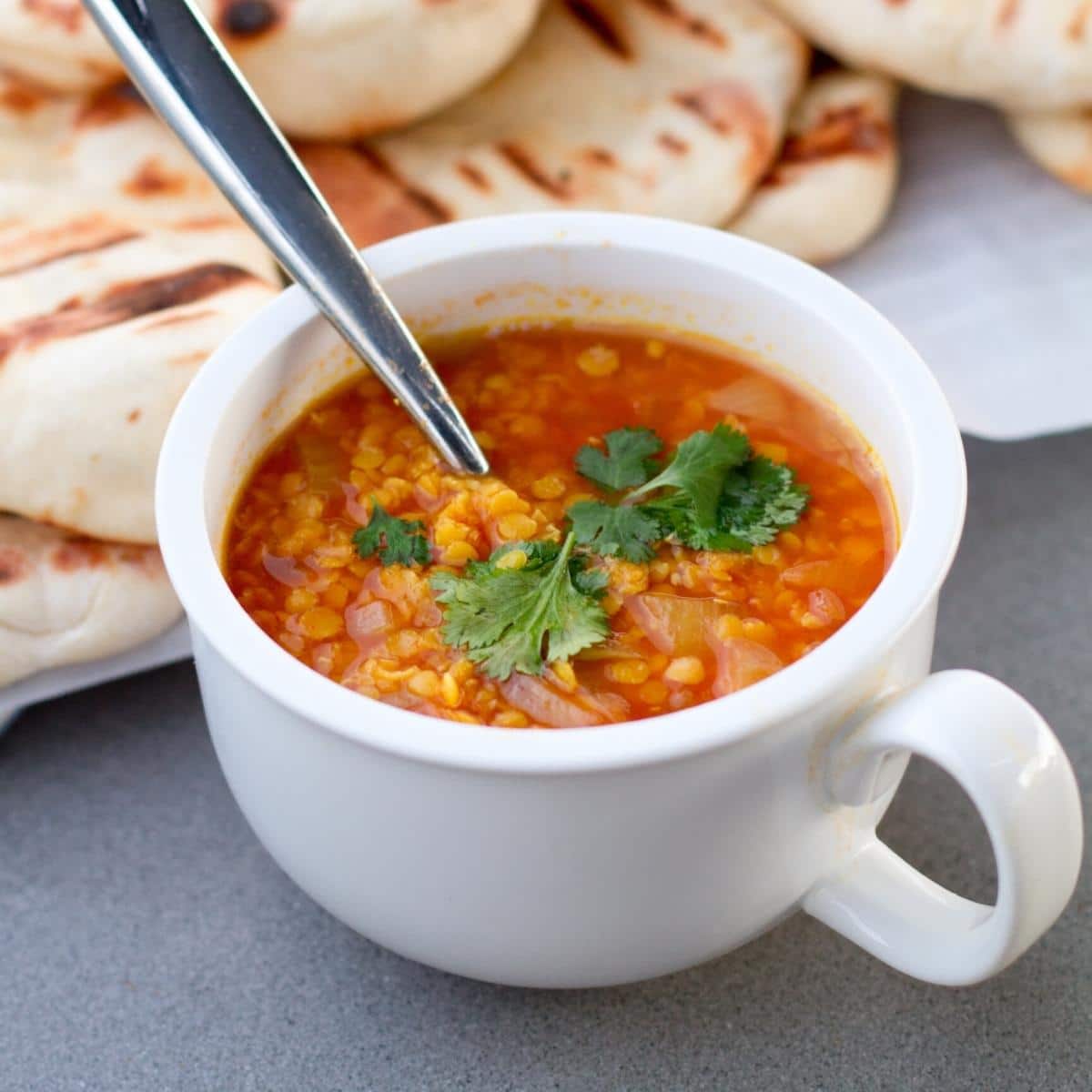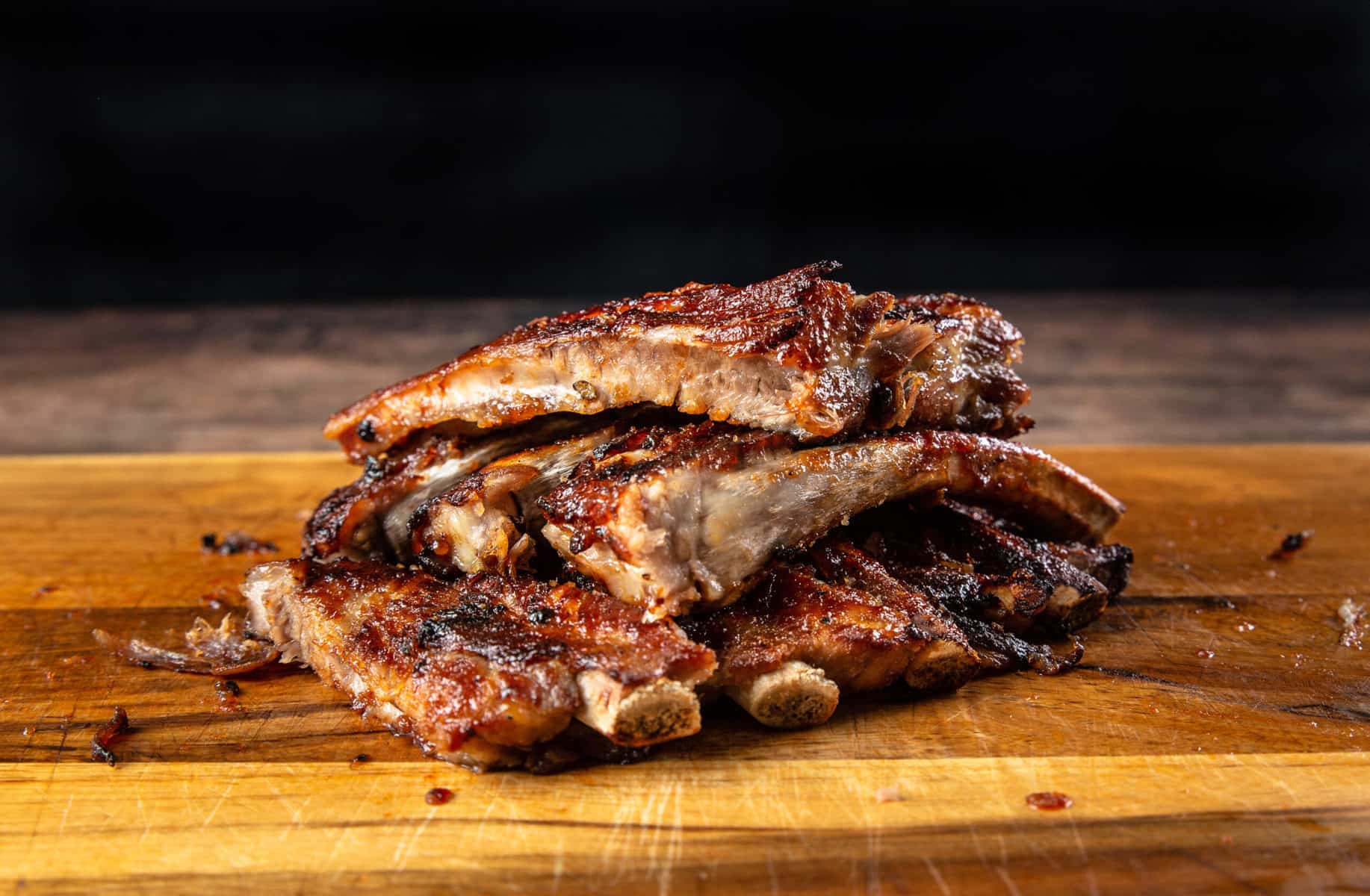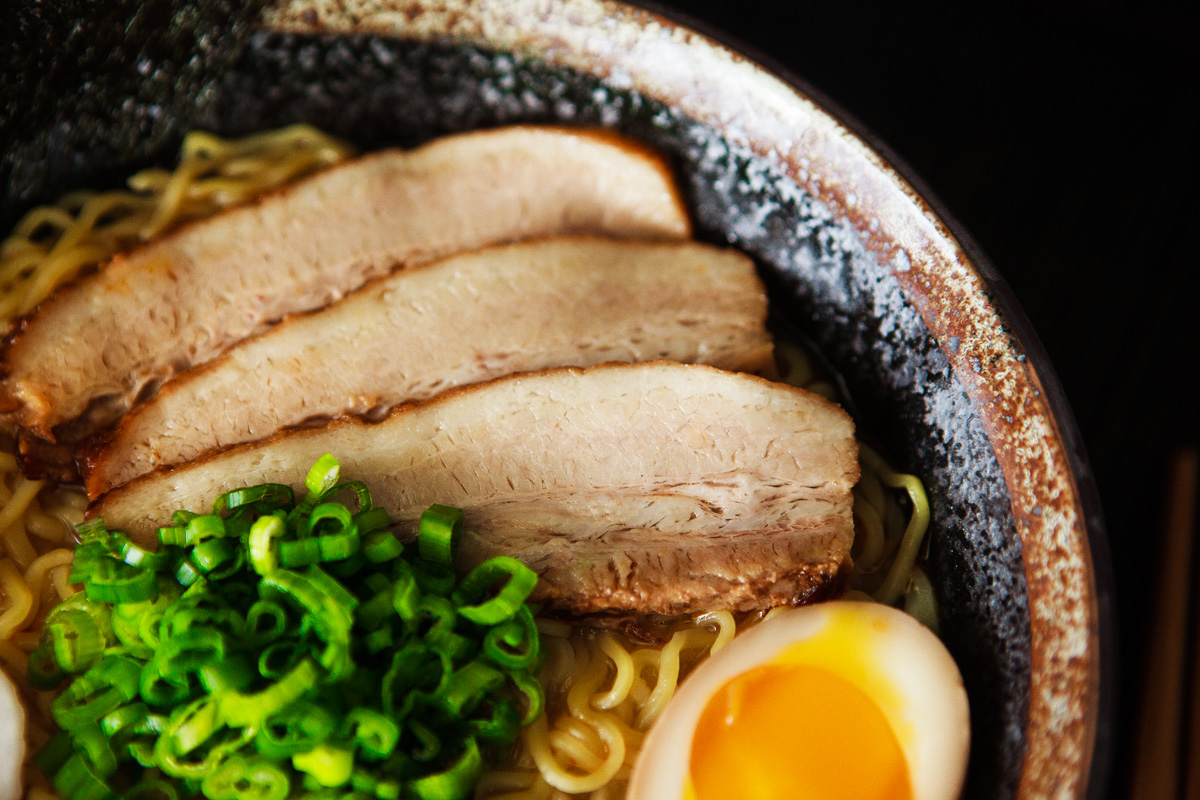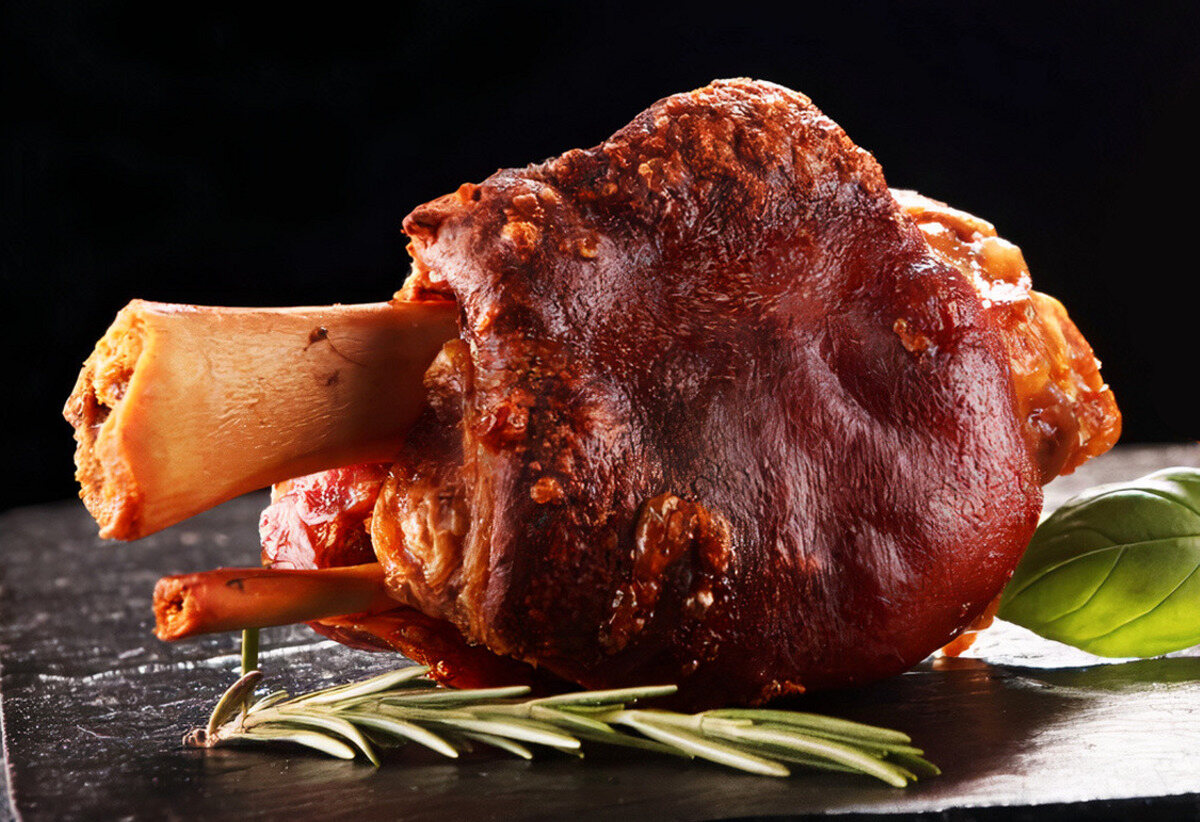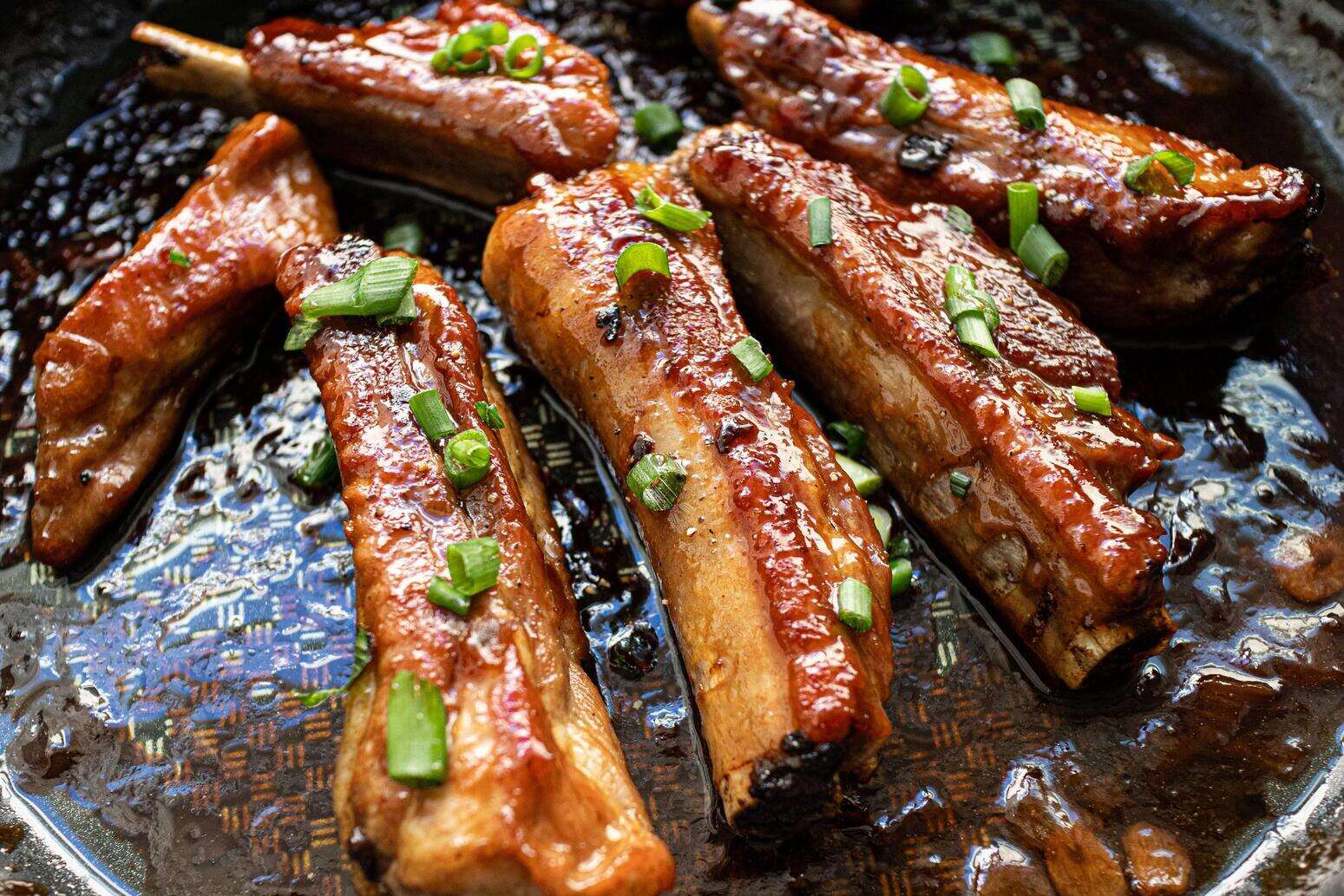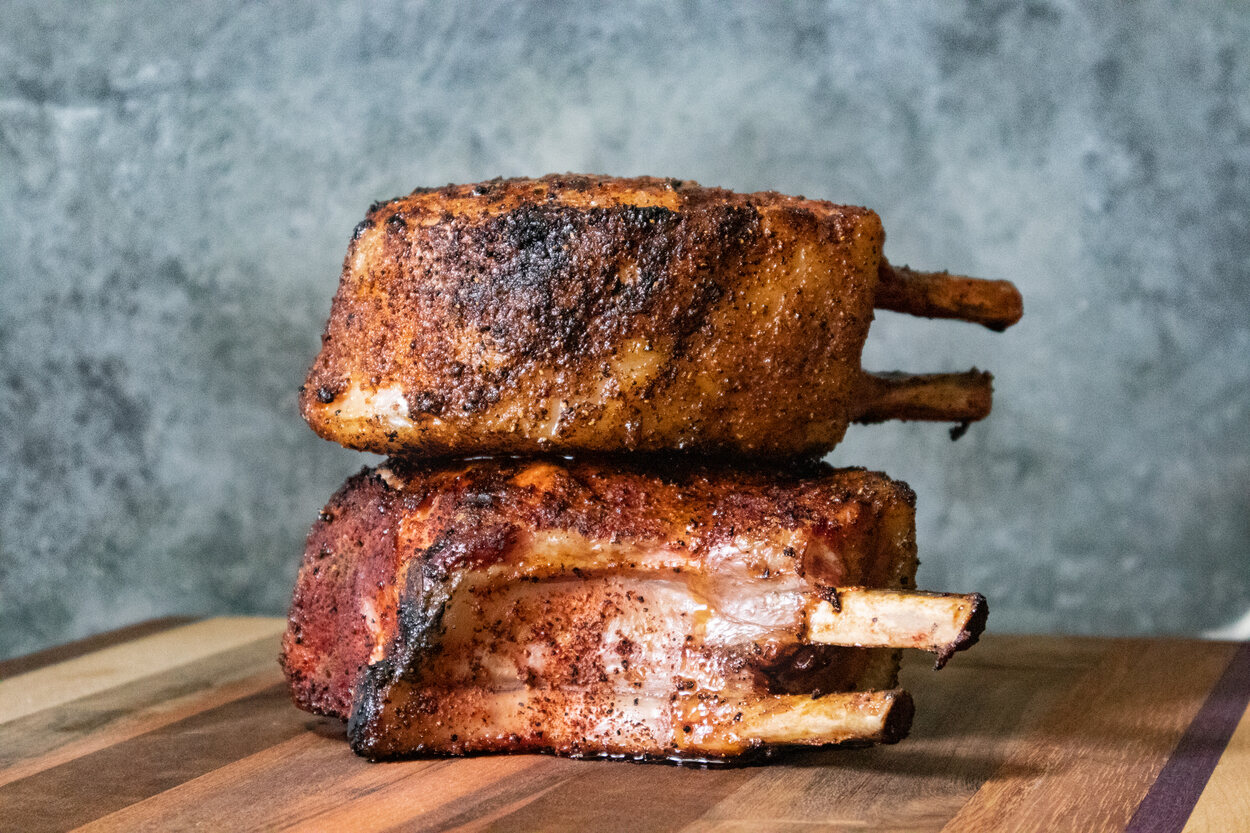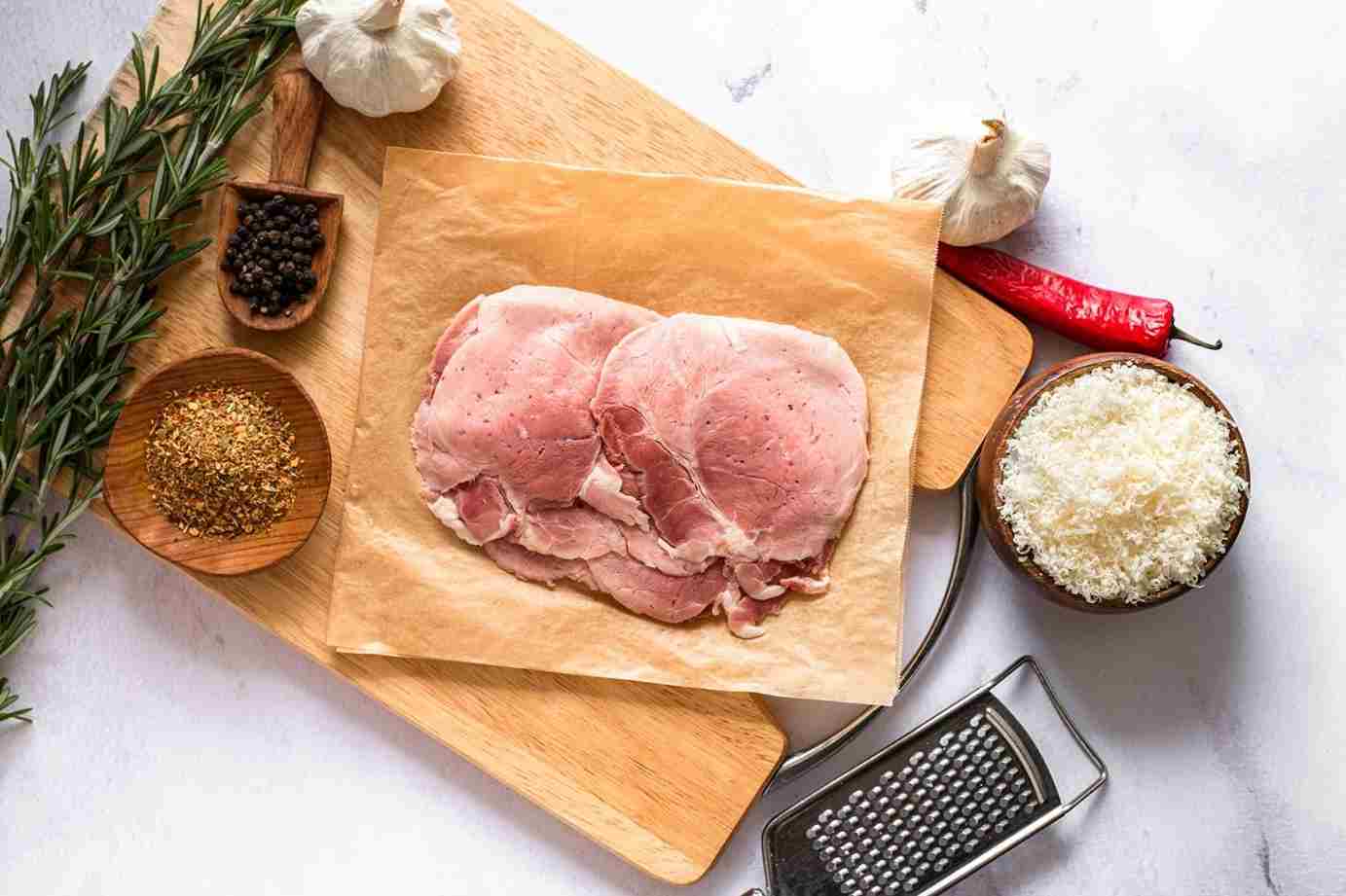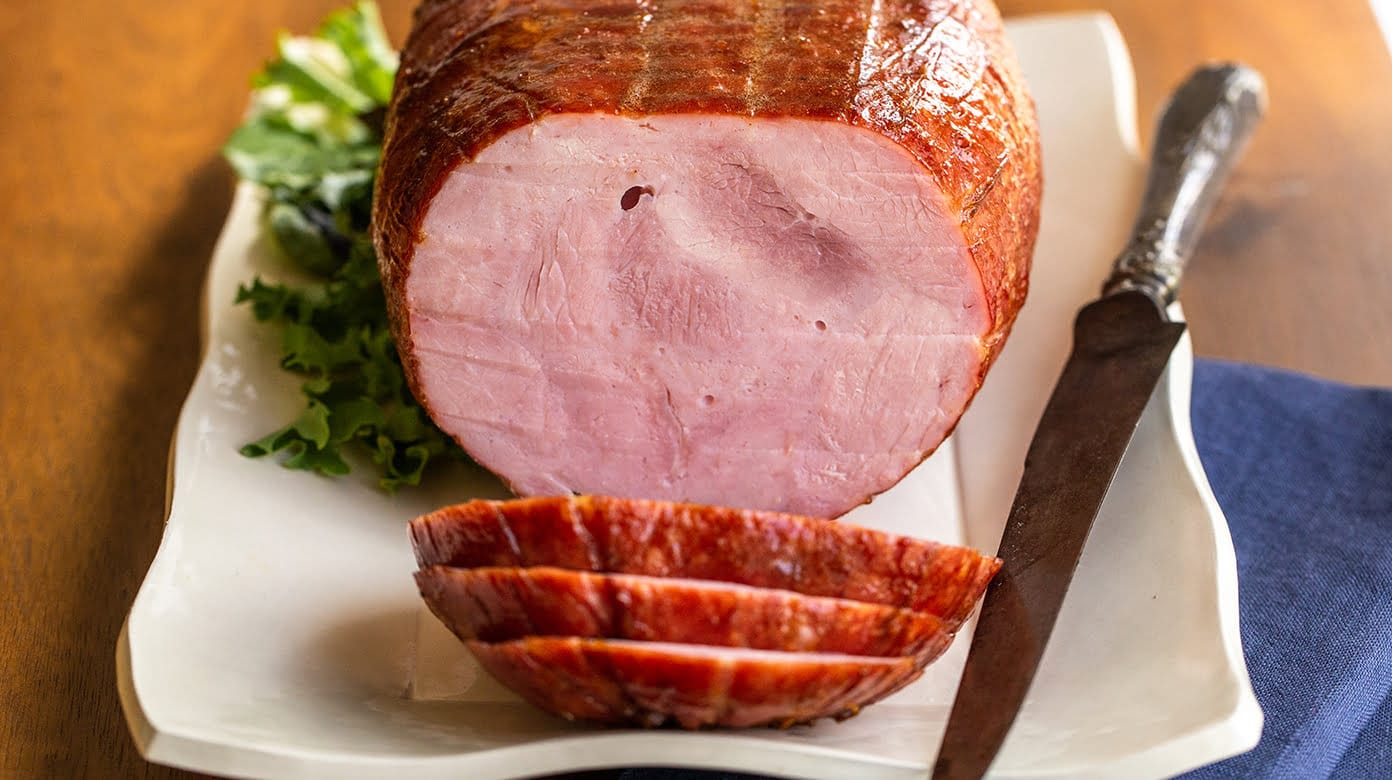How To Cook Pork For Dogs: A Nutritious and Delicious Option
If you’re a dog owner, you understand the importance of providing your furry friend with a balanced and nutritious diet. While dogs are primarily carnivores, it’s essential to introduce a variety of protein sources into their meals. One protein option that many dog owners consider is pork.
Before diving into the cooking process, it’s crucial to ensure that the pork you choose is of high quality and suitable for canine consumption. Lean cuts of pork, such as pork loin or tenderloin, are a healthier choice as they contain less fat. Avoid seasoning the meat with any spices, flavorings, or condiments that may be harmful to dogs, such as onion or garlic.
Now, let’s explore the steps to safely and deliciously cook pork for your pups:
1. Choose the Right Cuts
Ensure you select lean cuts of pork without excessive fat or bones. Trim away any visible fat to prevent digestive issues and obesity in your furry friend. Removing bones is particularly important to avoid splintering, which can cause choking hazards or intestinal blockages.
2. Cooking Methods
There are several safe cooking methods you can use to prepare pork for your dogs:
- Boiling: Boiling the pork in unsalted water is a simple and healthy option. Ensure the meat is thoroughly cooked without leaving it undercooked or overcooked.
- Baking: Baking is another excellent option. Preheat your oven to the appropriate temperature and place the pork on a baking sheet. Avoid using any oils or seasonings that may be harmful to your dog.
- Grilling: Grilling can be a delicious way to prepare pork for your furry friend. However, be cautious of potential charring and always monitor the cooking process to prevent overcooking.
3. Seasoning and Serving
When it comes to seasoning, simplicity is key. Dogs have delicate stomachs, and many of the spices and seasonings we use can be harmful to them. Avoid using salt, pepper, garlic, onion, or other flavorings that could be toxic to dogs.
Once the pork is cooked, let it cool down before serving it to your dog. Cut it into small, easily digestible pieces, removing any excess fat or bone. It’s essential to serve the pork in moderation to maintain a balanced diet for your furry companion.
Remember: Moderation is Key
While pork can be a healthy addition to your dog’s diet, it should never replace their regular meals or make up the majority of their food intake. Remember to consult with your veterinarian before introducing new proteins or making any significant changes to your dog’s diet.
By following these guidelines, you can cook pork for your dogs safely and provide them with a variety of tasty protein options. Remember to prioritize their health and well-being by serving pork in moderation and always making informed choices when it comes to their nutrition.
Now you’re ready to add some delicious pork to your furry friend’s menu! Enjoy cooking and bonding with your four-legged companion.
Was this page helpful?
Read Next: How To Cook Polish Sausage
